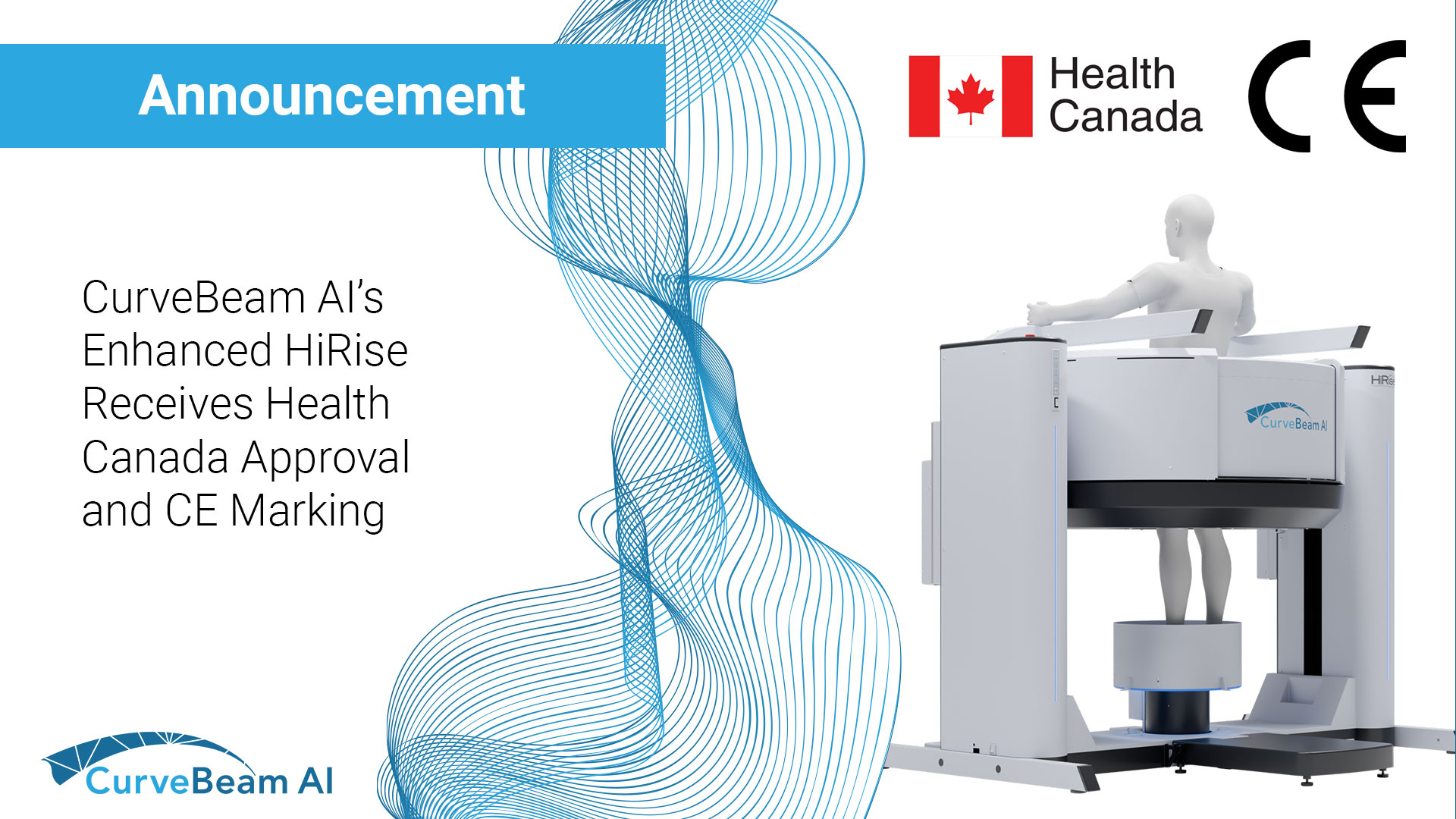Hatfield, PA — July 1, 2025 — CurveBeam AI, a global leader in weight bearing…

Improve Case Migration to ASCs with In-Office Extremity CT
Orthopedic leaders are embracing the migration of surgical cases to ambulatory surgery centers (ASCs). To prepare for high growth expansion, invest in point-of-care CT imaging.
Diagnostic imaging is a critical part of many patients’ journeys, helping surgeons and other medical professionals design and act upon more optimal treatment plans.
A CT scan is often a first step in planning for custom joint replacement procedures and robotic surgeries. However, CT scans are rarely offered in-house, meaning patients must travel to outpatient imaging centers or hospitals. Scans have to be sent to the implant manufacturers to design the pre-operative plan. The scans have to be repeated if they do not meet manufacturer guidelines, which results in additional radiation exposure to the patient. These delays can add up.
By providing CT services in the office, orthopedic practices can reduce the time between identifying a candidate for joint replacement and scheduling them for surgery.
– Patients can get their CT scan during a planned office visit.
– Staff technologists who specialize in orthopedic protocols can ensure scan accuracy, and can help coordinate dataset sends directly to implant design engineers.
A new class of CT systems don’t compromise on image quality and make the ancillary offering much more practical for the orthopedic setting. These systems plug into a standard appliance outlet, require less shielding, expose the patient to less dose than conventional CT, and can be operated by an RT(R) in most states.
Efficiency matters to payers, as well. For example, to earn the Blue Cross Blue Shield’s Blue Distinction Center+ designation, facilities demonstrate more affordable care in addition to quality care, treatment expertise and better overall patient results.
To stay on the leading edge, take some time to learn about orthopedic CT imaging today.




